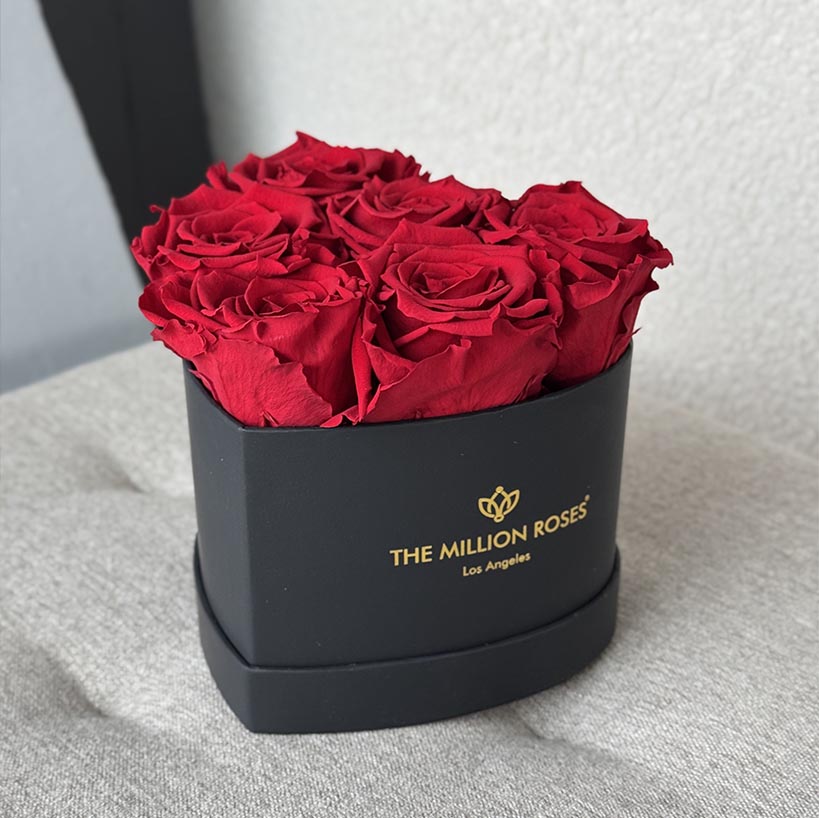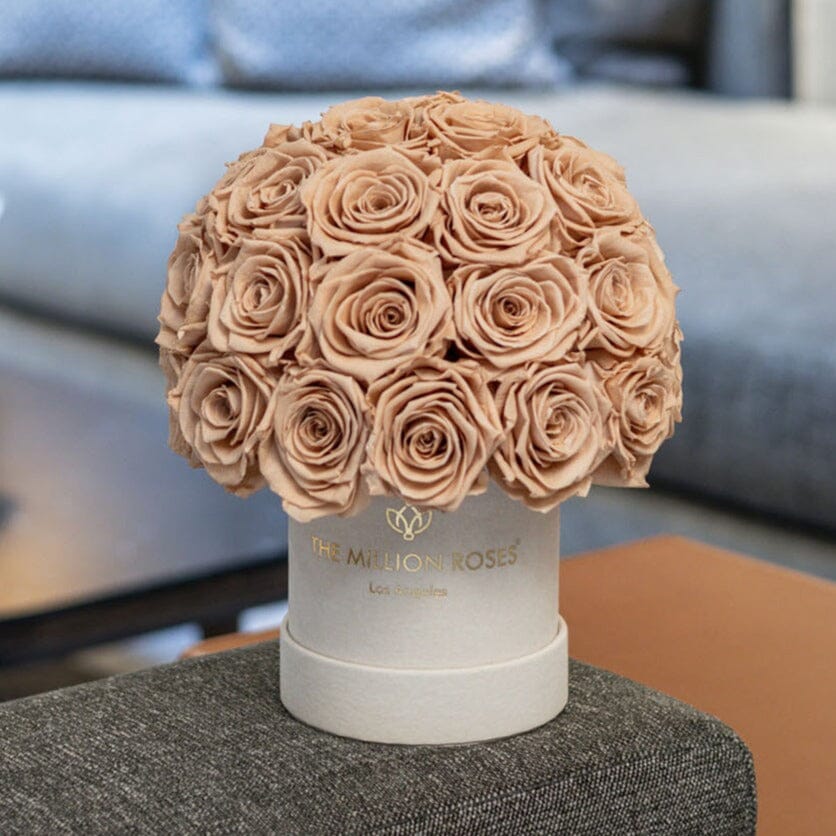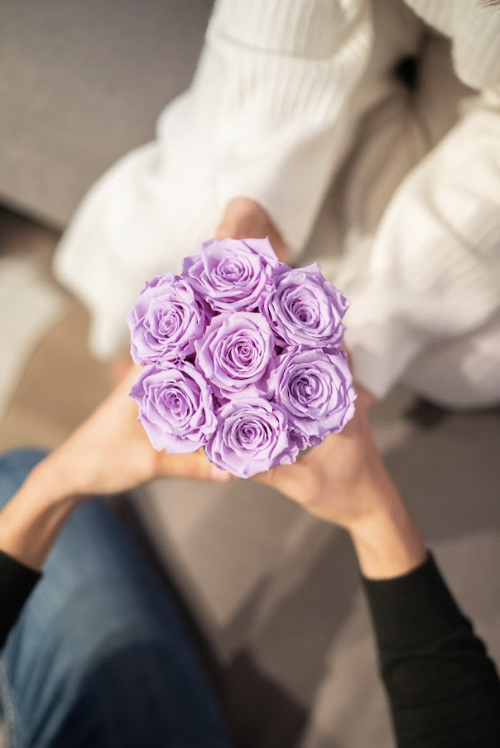
How Preserved Roses Are Made: A Step-By-Step Process
Why Preserved Flowers?
Preserved roses have become increasingly popular over the past few years, offering an alternative to traditional fresh flowers that wilt after a few days. Preserved roses maintain their beauty for up to a year or more, making them an excellent option for those who want to enjoy the beauty of flowers without having to replace them frequently. In this article, we will take you through the step-by-step process of how preserved roses are made.

Step 1: Harvesting the Roses
The first step in the process of making preserved roses is to harvest the roses when they are at their peak. This is typically when the roses are in full bloom and have the most vibrant colors. It is important to note that not all roses are suitable for preservation, so only the highest quality roses are selected for this process.
Step 2: Pre-Treatment
Once the roses have been harvested, they undergo a pre-treatment process to prepare them for preservation. This process involves removing any dirt or debris from the petals and cutting the stems to the desired length. The roses are then treated with a solution that contains glycerin and other natural, plant-based compounds. This solution is what helps the roses retain their natural texture, color, and shape.
Step 3: Preservation
After the pre-treatment process, the roses are ready for preservation. This step involves placing the roses in a solution that contains a mixture of more glycerin and other natural ingredients. The roses are then left to soak in this solution for several days, allowing the mixture to fully penetrate the petals.
During this time, the roses absorb the natural, toxin-free solution, replacing the water in the petals with the glycerin mixture. This process allows the roses to retain their natural moisture and texture, preventing them from wilting or drying out.
Step 4: Upside Down Drying
Once the roses have been preserved, they are removed from the solution and left to dry. This step involves hanging the roses upside down in a dry and cool environment to allow them to fully dry out. This process can take several days or even weeks depending on the climate and humidity levels.
Step 5: Quality Control
After the roses have dried, they undergo a rigorous quality control process to ensure that they are of the highest quality. Each rose is inspected for any imperfections or damage, and only the best roses are selected for use.
Step 6: Coloring and Scenting
After the roses have been preserved and quality checked, they can be colored and scented. Coloring involves using non-toxic and natural pigments to enhance the color of the roses or to create new colors. Scenting involves adding natural essential oils to the roses to enhance their fragrance.
Step 7: Packaging and Shipping
Once the roses have been colored and scented, they are ready for packaging and shipping. Preserved roses are typically packaged in a protective box or vase to ensure that they arrive in perfect condition. They can be shipped domestically or internationally, making them a popular choice for those who want to send flowers to loved ones in other countries.

Preserved roses are a beautiful and long-lasting alternative to traditional fresh flowers. The process of making preserved roses involves several steps, including pre-treatment, preservation, drying, quality control, coloring, and scenting. Each step is crucial to ensuring that the preserved roses are of the highest quality and can last for up to a year or more. With their vibrant colors, natural texture, and long-lasting beauty, preserved roses are a perfect choice for any occasion.




